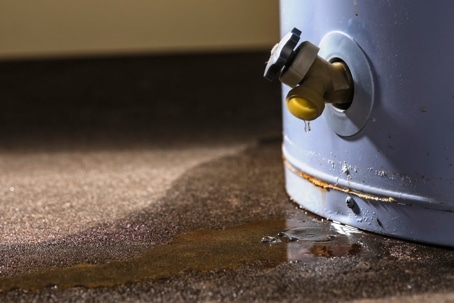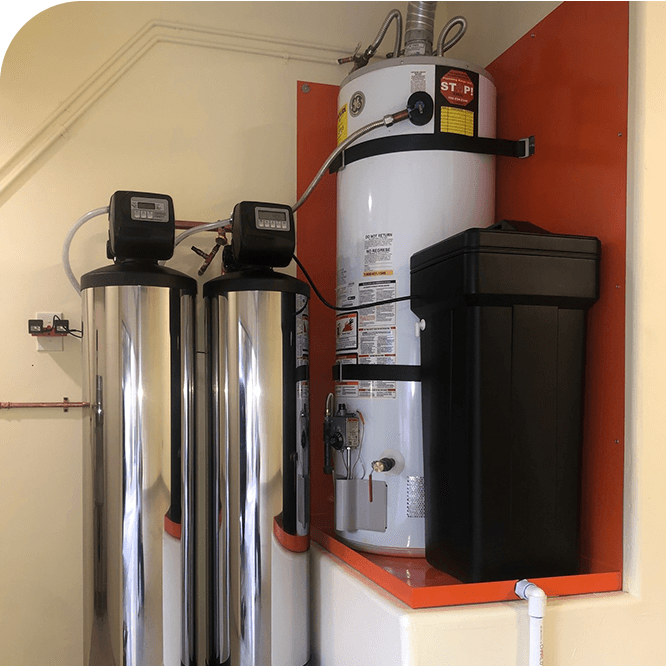Learning how to shut off the water in your home for plumbing repairs is a valuable skill to have. When you’re experiencing plumbing problems, you’ll want to find out what’s causing them as soon as possible. Delaying the repair work can lead to more extensive—and more expensive—damage. If you decide to make the repairs yourself, you’ll also need to shut off the water to your plumbing system.
Have a plumbing problem around your home? Contact Plumbing Kings for residential plumbing services in the Las Vegas Valley!
Where Is the Water Shut Off Valve?
When you need to repair any plumbing fixtures or appliances, it’s very likely you’ll have to shut off the water to complete the job. It’s typically best to do this via the water shut-off valve. The shut-off valve allows you to cut the water going directly to the fixture or appliance that needs repairing, so the water supply to the rest of your home won’t be affected.
The good news is that shutting your water off is relatively easy and doesn’t usually require any other tools. Here’s where you can find the water shut-off valve for some common home fixtures and appliances:
- Sink faucets: Look for the valves below the sink. There should be one for hot water and one for cold.
- Showers and tubs: These valves may be found behind an access panel located on the other side of the wall. Alternatively, the valve could be underneath the floor in the basement or inside a panel in the ceiling.
- Toilets: Since toilets only use cold water, you’ll find just a single shut-off valve, usually located near the floor underneath the toilet tank.
- Washing machine: The shut-off valves for your washer could be found either on a utility sink, if available, or in a box that’s installed near the machine.
- Dishwashers: The tube that supplies the water to the dishwasher will likely have a fixture shut-off valve. This can usually be found under the kitchen sink cabinet close to the sink’s shut-off valves.
- Refrigerator ice makers and water dispensers: The water supply tube will usually have a small shut-off valve attached. This can sometimes be found underneath the sink by the faucet’s supply line.
- Water heater: The water heater has two shut-off valves: one for hot water and one for cold water. Located near the heater, these will typically be identified by red and blue handles, respectively.
How to Shut Off the Water
In some cases, you might need to shut off the water main. For example, if you have unexplained flooding and you can’t figure out the source, you’ll want to shut off your home’s entire water supply before more damage occurs. Here are the steps involved to shutting off your water main.
1. Find the Water Main Shut-Off Valve
It is usually in a utility area that’s located near where the main water line enters the home. It can also be located close to the water meter on an exterior wall of the home.
2. Turn Off the Water
This valve doesn’t get used very often, so you might need some extra elbow grease to get it turned.
3. Turn on Faucets
When you turn off the main water supply, you’ll want to clear out any standing water in your pipes so that water won’t leak out when you start your repairs. To do this, just open the lowest faucet in your house, like in the basement or the yard, and then open the highest faucet, such as in a second-story bathroom. This will effectively empty out your plumbing system.
Now that you know how to shut off the water to your home, you can take care of your plumbing repairs. If you find the job is too big to handle on your own, call in a professional from Plumbing Kings. We proudly serve homeowners in Las Vegas, Henderson, and the surrounding area, and we’ll work hard to get your system up and running again.











